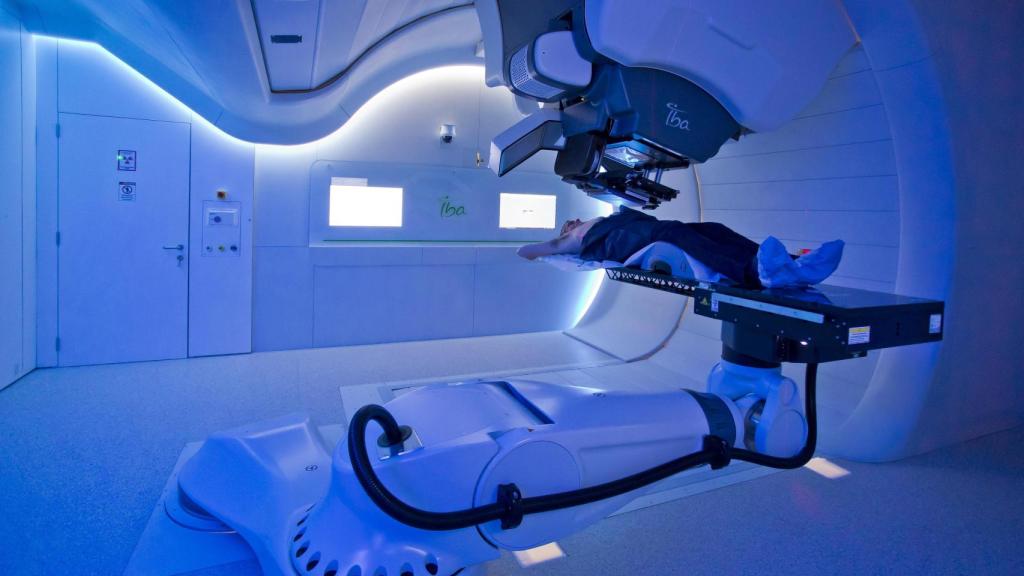
How to diagnose a Bone tumor?
- X-rays: X-rays are the first-line imaging modality in the evaluation of suspected bone tumors. They provide crucial information about the lesion's characteristics and often offer strong clues about the nature of the tumor—whether it's benign or malignant.
- MRI (Magnetic Resonance Imaging): MRI is the gold standard imaging modality for evaluating the local extent of bone tumors. It defines the tumor's true size, aggressiveness, and involvement of adjacent structures, which is essential for planning biopsy and surgery.
-
PET-CT (Positron Emission Tomography–Computed Tomography): PET-CT scans the whole body and plays a key role in staging and evaluating the treatment response of bone tumors, especially malignant and metastatic types.
Learn more: Malignant Bone Tumors- Detection of Spread: Detects lung metastases (CT chest is more sensitive), bone metastases or skip lesions, and lymph node or soft tissue metastases.
- Staging & Restaging: Assesses disease extent at diagnosis and tracks recurrence or progression post-treatment.
-
Treatment Response Evaluation: Measures FDG uptake to help differentiate between:
1. Residual viable tumor vs. necrosis
2. Post-treatment scarring vs. active disease
-
Characterizing Lesions:
1. Malignant tumors usually have high FDG uptake
2. Benign tumors usually have low or no FDG uptake
- Trucut Needle Biopsy: A simple 5–10 minute procedure that provides a definitive tissue diagnosis to determine whether a lesion is benign, malignant, or metastatic. This is vital for planning treatment, as approaches vary by tumor type. The procedure does not involve surgical cuts.
NOTE – No Role of FNAC test in Bone and Soft Tissue Tumors
Tumor does not spread by doing biopsy
